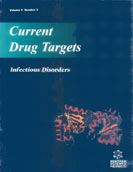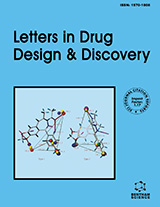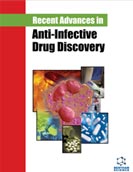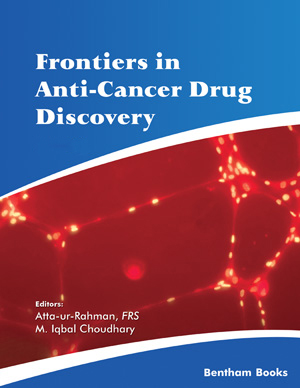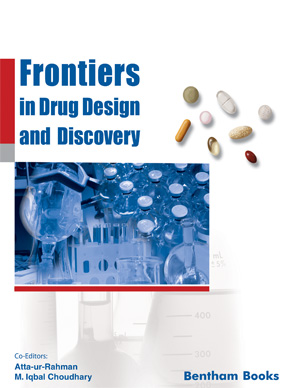Abstract
Glycosaminoglycans (GAGs) are large, polyanionic molecules expressed throughout the body. The GAG heparin, co-released with histamine, is synthesised by and stored exclusively in mast cells, whereas the closely related molecule heparan sulphate is expressed, as part of a proteoglycan, on cell surfaces and throughout tissue matrices. These molecules are increasingly thought to play a role in regulation of the inflammatory response and heparin like molecules are now being seriously considered to hold potential in the treatment of inflammatory diseases such as asthma. Heparin and related molecules have been found to exert anti-inflammatory effects in a wide range of in vitro assays, animal models and in human disease. The anti-inflammatory activities of heparin are independent of the well-established anticoagulant activity of heparin, suggesting that the separation of these properties could yield novel anti-inflammatory drugs, which may be useful in the future treatment of inflammatory diseases.
Keywords: glycosaminoglycans, allergic inflammation, polyanionic molecules, heparan sulphate, inflammatory diseases
Current Drug Targets - Inflammation & Allergy
Title: Glycosaminoglycans and the Regulation of Allergic Inflammation
Volume: 3 Issue: 3
Author(s): Mark J. Rose and Clive Page
Affiliation:
Keywords: glycosaminoglycans, allergic inflammation, polyanionic molecules, heparan sulphate, inflammatory diseases
Abstract: Glycosaminoglycans (GAGs) are large, polyanionic molecules expressed throughout the body. The GAG heparin, co-released with histamine, is synthesised by and stored exclusively in mast cells, whereas the closely related molecule heparan sulphate is expressed, as part of a proteoglycan, on cell surfaces and throughout tissue matrices. These molecules are increasingly thought to play a role in regulation of the inflammatory response and heparin like molecules are now being seriously considered to hold potential in the treatment of inflammatory diseases such as asthma. Heparin and related molecules have been found to exert anti-inflammatory effects in a wide range of in vitro assays, animal models and in human disease. The anti-inflammatory activities of heparin are independent of the well-established anticoagulant activity of heparin, suggesting that the separation of these properties could yield novel anti-inflammatory drugs, which may be useful in the future treatment of inflammatory diseases.
Export Options
About this article
Cite this article as:
Rose J. Mark and Page Clive, Glycosaminoglycans and the Regulation of Allergic Inflammation, Current Drug Targets - Inflammation & Allergy 2004; 3 (3) . https://dx.doi.org/10.2174/1568010043343589
| DOI https://dx.doi.org/10.2174/1568010043343589 |
Print ISSN 1568-010X |
| Publisher Name Bentham Science Publisher |
Online ISSN 1568-010X |
 5
5Related Articles
-
The Interleukin-17/Interleukin-22 Innate Axis in the Gut as a New Drug Target in Allergic-Inflammatory and Autoimmune Diseases. A Working Hypothesis
Endocrine, Metabolic & Immune Disorders - Drug Targets Increased Neuronal Injury in Clock Gene Per-1 Deficient-Mice after Cerebral Ischemia
Current Neurovascular Research Expression and Function of Anti-Inflammatory Interleukins: The Other Side of the Vascular Response to Injury
Current Vascular Pharmacology Glaucoma Eye Drops Adverse Skin Reactions
Recent Patents on Inflammation & Allergy Drug Discovery Pharmacology and Therapeutic Applications of A3 Receptor Subtype
Current Topics in Medicinal Chemistry Advances in Encoding of Colloids for Combinatorial Libraries: Applications in Genomics, Proteomics and Drug Discovery
Current Pharmaceutical Biotechnology Phytotherapeutic and Natural Compound Applications for Age-Related, Inflammatory and Serious Eye Ailments
Current Molecular Pharmacology A Current Perspective of Plants as an Antibacterial Agent: A Review
Current Pharmaceutical Biotechnology Editorial (Thematic Issue: Biomarkers of Impaired Innate and Adaptive Immunity in Health and Disease)
Current Immunology Reviews (Discontinued) Bronchial Asthma and Lung Cancer
Current Respiratory Medicine Reviews Therapeutic Prospects for Parathyroid Hormone and Parathyroid Hormone Analogs
Current Medicinal Chemistry - Immunology, Endocrine & Metabolic Agents Importance of Fibroblasts-Myofibroblasts in Asthma-Induced Airway Remodeling
Recent Patents on Inflammation & Allergy Drug Discovery Clinical Presentation and Laboratory Findings of Mycoplasma pneumoniae Respiratory Infections in Children
Current Pediatric Reviews Patent Selections:
Recent Patents on Inflammation & Allergy Drug Discovery HLA and TCR Recognition of Medications in Severe Cutaneous Adverse Reactions
Current Immunology Reviews (Discontinued) Thermostable Subunit Vaccines for Pulmonary Delivery: How Close Are We?
Current Pharmaceutical Design Cholinergic Drugs as Therapeutic Tools in Inflammatory Diseases: Participation of Neuronal and Non-Neuronal Cholinergic Systems.
Anti-Inflammatory & Anti-Allergy Agents in Medicinal Chemistry Review and Research on Feature Selection Methods from NMR Data in Biological Fluids. Presentation of an Original Ensemble Method Applied to Atherosclerosis Field
Current Drug Metabolism Breath Analysis Using SIFT-MS to Assess Metabolic Status in Patients After Gastro-oesophageal Cancer Surgery- a Pilot Study
Current Analytical Chemistry Interaction of Small Molecules with Specific Immune Receptors: The p-i Concept and its Consequences
Current Immunology Reviews (Discontinued)


